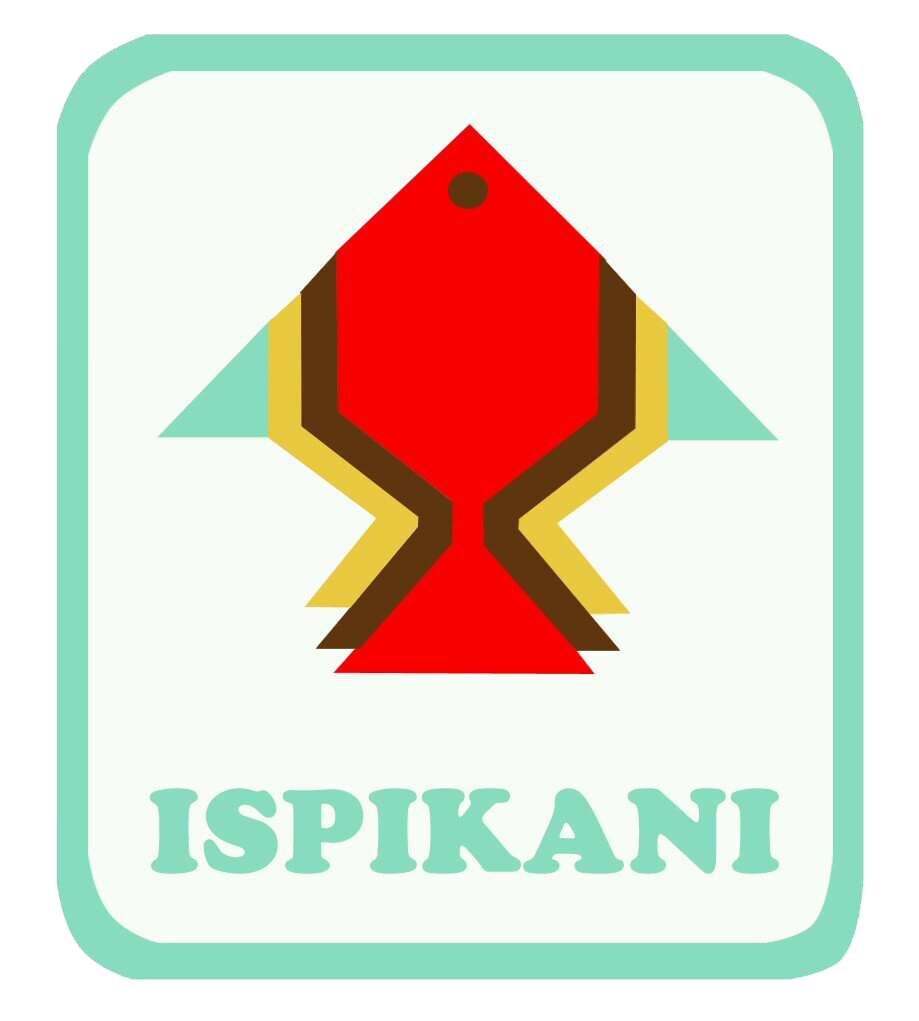PEMANFAATAN TEKNOLOGI AKUAPONIK PADA STRAIN IKAN NILA (Oreochromis niloticus) YANG BERBEDA TERHADAP PERPORMA PERTUMBUHAN
Abstract
Along with the rapid pace of development, therefore one of the consequences that must be addressed is the reduction in fresh water resources, especially in urban areas and reduced cultivated land. One of the technological innovations that can be applied to integrated fish farming with crop through aquaponics system. At this time various types of tilapia developed by the fish farmer, such as tilapia BEST, Sultana and Gesit. The performance of three strains should be tested with aquaponics system so that farmers can choose the right strain and use the land and water availability are difficult. This study was aimed to evaluate the three strains of tilapia in aquaponics technology systems that support the growth and survival rates are optimal. This study applied a completely randomized experimental design comprising three strains of tilapia namely BEST, Sultana and Gesit and each in three replicates. These results indicate that the differences in the three strains of tilapia (BEST, Sultana and Gesit) did not have a significant influence on the specific growth rate, but the real impact against the survival rate and feed conversion ratio. Sultana tilapia and tilapia BEST maintained at aquaponics system gives a better effect on the survival rate and feed conversion ratio. The survival rate of tilapia Sultana of 100%0,00 and tilapia BEST amounted to 98.41%±1,37 in the feed conversion ratio of tilapia Sultana of 1.27%±0,003 and tilapia BEST of 1.29%±0,01.
Full Text:
PDFReferences
Daftar Pustaka
Boyd CE. 1982. Water Quality Management for Pond Fish Culture. Elvisier Science Publishers.
Effendi H. 2003. Telaah Kualitas Air Bagi Pengelolaan Sumberdaya Dan Lingkungan Perairan. Kanisius. Yogyakarta. 257 hlm.
Food and Agriculture Organization of the United Nations Globefish. 2017. A Quarterly update on World Seafood Markets. Rome [IT]: FAO. 70 hlm
Goddek S, Joyce A, Kotzen B. 2019. Aquaponic Food Production System: Combined Aquaculture and Hydroponic Production Technologies for the Future. Switzerland (CH): Springer Open.
Haryanto E, T Suhartini, E Rahayu dan HH Sunarjono. 2007. Sawi dan Selada. Edisi Revisi. Jakarta. 25 hlm.
Huisman E. 1987. Principle of fish production. Department of Fish Culture and Fisheries, Wageningen Agricultural University: Netherland (NL).
Jangkaru, Z., A.Widiyati, A. Hardjamulia, F. Sukadi, N. Suhenda, P. Yuliati, Surisno, P. Taufik dan Y. P. Haryani. 1991. Petunjuk Teknis Budidaya Ikan Nila. Puslitbang Perikanan, Badan Litbang Pertanian
Jena AK, Biswas, P, Saha H. 2017. Advanced farming system in aquaculture: strategies to enhance the production. Innovative Farming. 1(1):84–89.
Kementerian Kelautan dan Perikanan. 2022. Kelautan dan Perikanan dalam angka tahun 2022. KKP. 354 hlm
Love DC, Fry JP, Ximin L, Hill ES, Genello L, Semmens K, Thompson RE. 2015. Commercial aquaponics production and profitability: Findings from an international survey. Aquaculture. 435:67-74.
Magouz FI, Dawood MAO, Salem MFI, Mohamed AAI. 2020. The effects of fish feed supplemented with Azolla meal on the growth performance, digestive enzyme activity, and health condition of genetically-improved farmed tilapia (Oreochromis niloticus). Annals of Animal Science. 20 (3): 1029–1045.
Mensah ET, Attipoe FK, Ashun-Johnson M. 2013. Effect of different stocking densities on growth performance and profitability of Oreochromis niloticus fry reared in hapa-in-pond system. International Journal of Fisheries and Aquaculture. 5 (8): 204–209.
Nofdianto, Fauzi H. 2015. Sistem resirkulasi aquaponik untuk pengendalian kelebihan nutrien di perairan:laju serap dan penyisihan nutrien oleh beberapa jenis sayuran. LIMNOTEK. 22(2):189–197.
Prabu E, Rajagopalsamy CBT, Ahilan B, Jeevagan IJMA, Renuhadevi M. 2019. Tilapia—an excellent candidate species for world aquaculture: A review. Annual Research & Review in Biology. 31: 1–14
Purwandari Y, Effendi H, Wardiatno Y. 2017. The use of gouramy (Osphronemus goramy) rearing wastewater for growing romaine lettuce (Lactuca sativa L. var. Longifolia) in aquaponic system. Asian Journal of Microbiology, Biotechnology and Environmental Sciences. 19(2):121–128.
Putra I, Mulyadi, Pamungkas NA dan Rusliadi. 2013. Peningkatan Kapasitas Produksi Akuakultur Pada Pemeliharaan Ikan Selais (Ompok sp) Sistem akuaponik. Jurnal Perikanan dan Kelautan. Vol. 18: 1.
Rakocy J.E., Masser M.P., & Losordo T.M. 2006. Recirculating aquaculture tank production systems: aquaponics—integrating fish and plant culture. Southern Regional Aquaculture Center, United States Department of Agriculture, Cooperative State Research, Education, and Extension Service
Setijaningsih L, Umar C. 2015. Pengaruh lama retensi air terhadap pertumbuhan ikan nila (Oreochromis niloticus) pada budidaya sistem akuaponik dengan tanaman kangkung. Berita Biologi. 14(3):267–275.
Siddik MAB, Nahar A, Ahamed F, Hossain M. 2014. Over-wintering growth performance of mixed-sex and mono-sex Nile tilapia Oreochromis niloticus in the northeastern Bangladesh. Croatian Journal of Fisheries. 72(2): 70–76
Son JE, Kim HJ, Ahn TI. 2016. Plant Factory: An Indoor Vertical Farming System for Efficient Quality Food Production. London (GB): Elsevier. ISBN: 978-0-12-80-1775-3.
Surawidjaja E.H. 2006. Akuakultur berbasis trophic level: revitalisasi untuk ketahanan pangan, daya saing ekspor, dan kelestarian lingkungan. Orasi Ilmiah Guru Besar Tetap Ilmu Akuakultur.
Svobodova Z, Lloyd R, Machova J, Vykusova B. 1993. Water Quality and Fish Health. Corporate Document Repository.
Takeuchi T. 1988. Laboratory work chemical evaluation of dietary nutrition. Kanagawa International Fisheries Training Center: Tokyo (JP).
Trang NTD, Schierup, Brix H. 2010. Leaf vegetable for use in integrated hydroponics and aquaculture systems: effects root flooding on growth, mineral composition and nutrient uptake. African Journal of Biotechnology. 9(27):4185-419.
Vardian A. K., Subandiyono, dan Pinandoyo. 2013. Pengaruh Perbedaan Strain Tilapia F5 (Larasati, Merah, Hitam) yang Diberi Pakan dengan Nilai E/P 10,96 kkal/g Protein Terhadap Pertumbuhan dan Kelulusan Hidup. Journal of Aquaculture Management and Technology. 2 (4): 108-114.
Yue GH, Lin HR, Li JL. 2016. Tilapia is the fish for next-generation aquaculture. International Journal of Marine Science and Ocean Technology. 3: 11–13.
DOI: http://dx.doi.org/10.37818/leuit.v4i2.22638
Refbacks
- There are currently no refbacks.

This work is licensed under a Creative Commons Attribution-NonCommercial 4.0 International License.








 DIKTI
DIKTI




